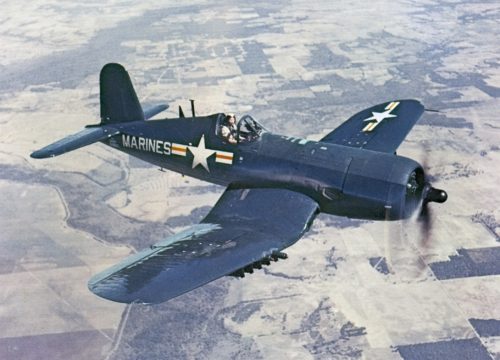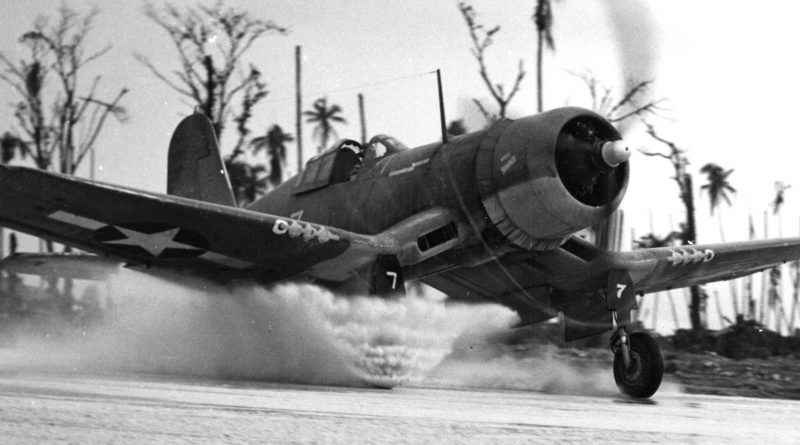Why does the F4U Corsair have so many designations?
Demystifying some of the lengthy acronyms for Naval warplanes
The beautiful Chance-Vought Corsair is one of the most iconic planes of the second world war. But it has a lot of designations, and that can get confusing. There’s the F4U, the FG, the F2G, the F3A to name a few. The British flew the Corsair Mk I, II, III, and IV. There’s also an AU-1 Corsair, used by the Marines during the Korean War.
Let’s break it down.
Beginning in 1922 the Navy classified fighter aircraft as “F.” Each manufacturer was assigned a code letter, and Vought’s was “U.” So in 1927 Vought developed the FU biplane. 1929 was their second submission — the F2U. Then in 1933 there was the F3U. So when Vought’s Corsair first flew in 1940, it became the F4U.
Simple enough. So where does the “G” come from?
Demand for Corsairs was more than what Vought could produce so Goodyear Aircraft Company began producing them. Goodyear’s code was “G,” meaning their Corsairs would go by “FG” since there wasn’t a previous Goodyear-produced aircraft. Brewster also built Corsairs, and their letter was “A” (Boeing had the “B”). Since there already was an F2A Buffalo, Brewster’s Corsair became the F3A.

As World War II drew to a close, Goodyear installed a 3,000-horsepower Pratt & Whitney Double Wasp in one of their FG-1 Corsairs, creating the XF2G Super Corsair — “X” for experimental.
So before the convention changed in 1962, F4 could also refer to biplanes made by Curtiss and Boeing, the Grumman F4F Wildcat, Canadian Coach and Foundry’s F4W-1 Bearcat, the Douglas F4D Skyray, or McDonnell’s mighty F4H Phantom II of the Vietnam era. The Phantom became the F-4 once the U.S. Armed Forces services settled on a single designation system for aircraft in 1962.
The dash and number after F4U is the variant. F4U-1 Corsairs were the first to enter service with the fleet. Aviators found what worked and what didn’t over the Pacific and their feedback resulted in modifications to the design. The F4U-4s were the last F4Us in service during World War II. This is much like an F-18D Hornet is more advanced than an F-18A. British designations are simple enough, Mk I being the first Corsair model to fly for the Royal Navy and Mk IV was their last.
The naming system probably made a lot more sense to Naval officers in the early 20th Century than it does to us today. But hopefully you now have a better understanding can make a little more sense out of how an F4 can be a biplane, Corsair, Wildcat, or F-4, while a Corsair can be an F3, F4, F2, or FG.
